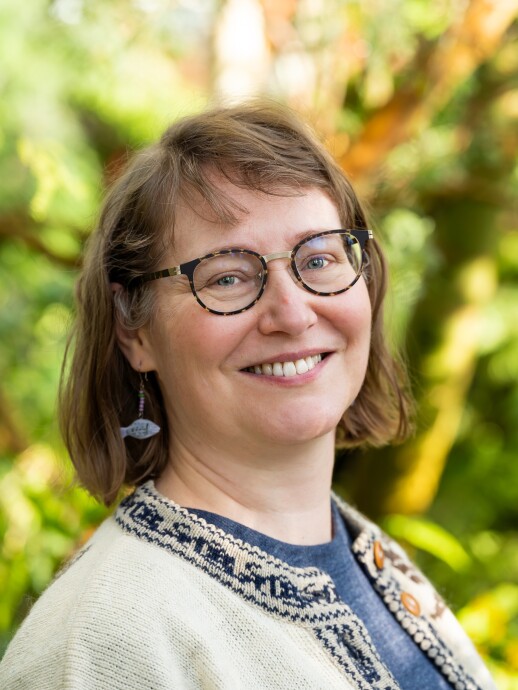Futures Consciousness highlights how our expectations, assumptions, biases, and attitudes influence the way we see the future and how we respond to it. In her dissertation, Sanna Ahvenharju and colleagues developed a definition of futures consciousness that can be applied to individuals as well as organisations. In addition, they developed a way to measure its manifestation among individuals.
The five dimensions of Futures Consciousness identified in the dissertation by Ahvenharju can be summarised as follows:
- The way the system understands time. How far into the future it projects its predictive models and how well it understands the relationships between past, present and future actions.
- The way how the system sees its own agency. How far it believes in its own ability to influence the way the predictive models are and to take action to realise them.
- The way the system understands relationships between different systems. What kinds of links and interdependencies between different systems it is able to recognise and act on.
- The way the system understands its own role in relation to other systems. How far it sees the impacts of its own actions and how responsible it feels for these impacts.
- The way the system sees future possibilities. How far they see them as open, full of potential for novelty and alternatives to the present.
– As the world has become more complex, our minds are ever more challenged in understanding the potentials and possibilities of future developments. We all think of and use the future constantly, consciously and unconsciously. In our minds, we form projections of future events, which trigger both our hopes and our fears. These projections or visions of the future affect the kinds of decisions and choices we make and how we act in different situations, already now, today, Ahvenharju says.
Researching futures consciousness can help in understanding motivations behind the choices we make and how these choices could be affected. In her research, Ahvenharju compared the futures consciousness profiles of Finnish elite members and their preferences of various radical policies to reduce household consumption of natural resources.
– Using the five dimensions of futures consciousness, I was able to identify their various motivations. Those who were open to alternatives identified weak signals and recognized potential for change everywhere, and even radical policies seemed desirable for them. On the other hand, those who were mainly concerned for the well-being of Finns, rather than the whole planet, or for whom the long-term consequences of actions were less significant, they were less willing to accept choices that involved unknown consequences, describes Ahvenharju.
What is the value of measuring Futures Consciousness?
In her dissertation, Ahvenharju developed, together with her colleagues, a psychometric measure to study the manifestation of futures consciousness among individuals. The scale consists of 20 short intuitive questions and it has been validated in Finnish and English. The psychometric scale enables research that can examine the significance and effects of futures consciousness or its relationship to other phenomena. Using the scale to gather empirical data allows us to study, for example, how living conditions, culture or education affect individuals’ futures consciousness, or the ways in which it affects our lifestyles, behaviors or choices.
The dissertation sets the theoretical grounds for Futures Consciousness as a human anticipatory capacity that can be applied to both individuals and collective systems. This capacity is not domain – nor situation – specific, but a more general capacity that persists across various situations and over time, and is present in various life domains, such as work, education, and family, as well as in response to global issues.
– Measuring reveals how different our futures consciousness profiles may be. These differences should be taken into account in, for example, strategy and foresight processes, to ensure that people with different strengths are involved, Ahvenharju summarizes.
- - -
Ahvenharju, Sanna (2022) Futures Consciousness as a Human Anticipatory Capacity – Definition and Measurement. Annales Universitatis Turkuensis, Ser. E, Tom. 90: Oeconomica, Turku 2022.
- - -

